 Summer is the peak season for food poisoning, according to the Centers for Disease Control. The warm temperatures make it easy for chilled foods to enter the temperature danger zone and for foodborne bacteria to multiply. If you’re preparing and serving food outdoors or transporting foods for service outside of your facility, take some extra precautions when storing, thawing and transporting animal proteins. Store raw meat, poultry and seafood separately from (and/or below) other foods when refrigerating – and keep them refrigerated until ready to grill. When transporting these items, keep them at 40°F or cooler. These foods should be thawed in the refrigerator, in cold water or in the microwave – never on the counter. 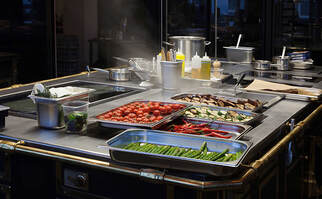 Even before summer hit, many areas of the country experienced surprising spikes in temperature this year. As you prepare for outdoor events this summer, take extra precautions with food safety. An especially warm day will shrink the window of time when foods remain safe to consume. Any perishable foods can be left out for only an hour in 90-degree heat and other items should only sit out for two hours. When transporting food, ensure you’re able to keep cold foods at 40°F and hot foods above 140°F, and make additional provisions to keep foods cold or hot if the weather is likely to pose a challenge. 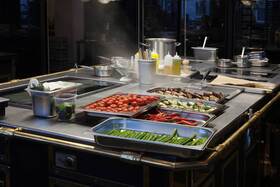 If you’re preparing food in large batches for guests in an effort to be efficient with your available resources, remind staff of food safety precautions to protect food as it cools. Steritech advises clients to cool cooked foods from 135°F to 70°F in two hours, and to 41°F within six hours. Divide dense foods into smaller portions and shallow containers to make cooling more consistent and avoid covering containers tightly until the food is fully cooled. If sending food home with guests, advise them to reheat their leftovers to at least 165°F and to freeze any food they won’t eat within three or four days. 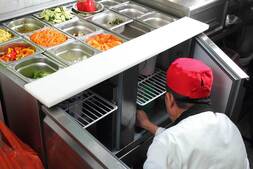 Different parts of your facility are likely experiencing more sharp fluctuations in temperature this season than usual as you try to keep your building warm enough for the comfort of guests and staff but also well ventilated. When you turn up your thermostat, note that any increase in heat in your kitchen and dining room can pose food safety problems for cold tables, open display coolers, or buffets with cold food items in those areas (in addition to being less energy-efficient). Make sure those items are covered when not in use, and that you’re checking food temperatures on a regular basis to ensure foods stay out of the danger zone. 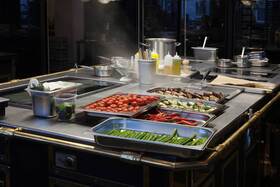 ‘Tis the season for preparing large amounts of food for holiday gatherings – and finding ways to use the leftovers. To store leftovers safely and keep foods out of the temperature danger zone (between 40°F and 140°F), refrigerate or freeze any perishable food within two hours. Make sure you place hot leftovers in small or shallow containers to ensure thorough cooling during refrigeration – and use an ice bath to quickly cool a hot dish beforehand. Keep a thermometer handy to check the temperature of cooling food and ensure it remains out of the danger zone. 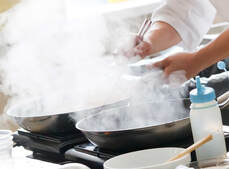 New safety standards are in the pipeline that could impact your procedures and the frequency of inspections for back-of-house workers exposed to dangerous heat. In response to increased episodes of record-breaking outdoor temperatures in recent months, the Occupational Health & Safety Administration (OSHA) is drafting new standards for restaurant kitchens in an effort to encourage practices like having cold water readily accessible, providing breaks to allow workers to cool off, and helping new workers to gradually build a tolerance to heat, Restaurant Business reports. While the final rules won’t become regulations for a number of months, expect an increase in inspections that cover these practices in the meantime. 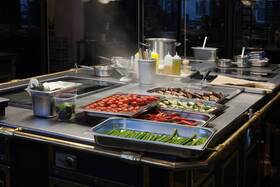 Summer often coincides with a spike in food poisoning as hot temperatures help foodborne pathogens thrive. The CDC advises that all perishable items are refrigerated within one hour, particularly if it’s 90°F or warmer. If you’re preparing food and serving guests outdoors, make sure employees are wearing gloves and using tongs for serving. Provide hand sanitizers or wipes if a handwashing sink isn’t immediately accessible. Finally, take extra care with marinades and sauces that may have touched raw meat and could spread bacteria to cooked foods through direct contact or splatter. When removing cooked meat from the grill, always use clean utensils and a clean plate. Throughout the past year, restaurants that once had buffet lines, salad bars and other self-service stations have had to reinvent them for the current environment – and those changes may be permanent. This has also resulted in the introduction of more action stations and grab-and-go options, as well as changes in how employees are assigned to tasks within the operation. It’s a good time to make sure your team is up to date on current safety precautions. They should understand how to maintain proper temperatures for hot- and cold-held foods, preheat foods for hot-holding, prevent cross-contamination when bringing in fresh food or serving a guest, and when to discard food that has been sitting out for service.
In warmer weather, your refrigerators and coolers have to work harder and it’s easier for food to enter the temperature danger zone when it is left out to cool down prior to refrigeration. Make sure the doors of appliances are only opened when necessary and are closed promptly. It’s also a good time to remind staff to avoid chilling bulky food items and to take steps to make it easier for large-volume foods to cool down. Divide hot foods into smaller containers for chilling and use ice baths to bring food temperatures down to refrigerator-ready temperatures quickly. To keep food out of the temperature danger zone, make sure hot foods cool down from 140 to 70°F within two hours and to 41°F or less within four hours.
|
subscribe to our newsletterArchives
April 2024
Categories
All
|
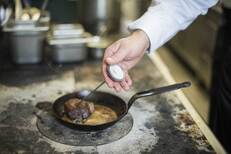
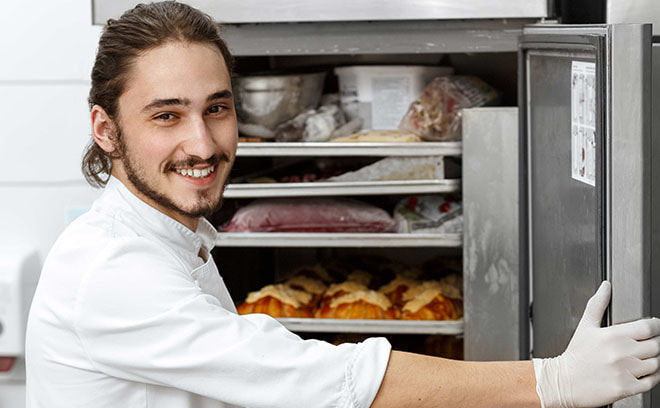


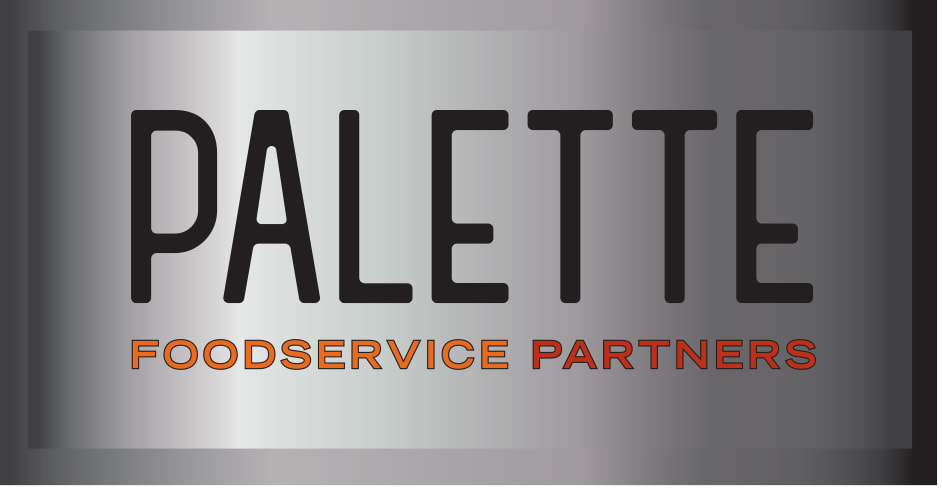
 RSS Feed
RSS Feed